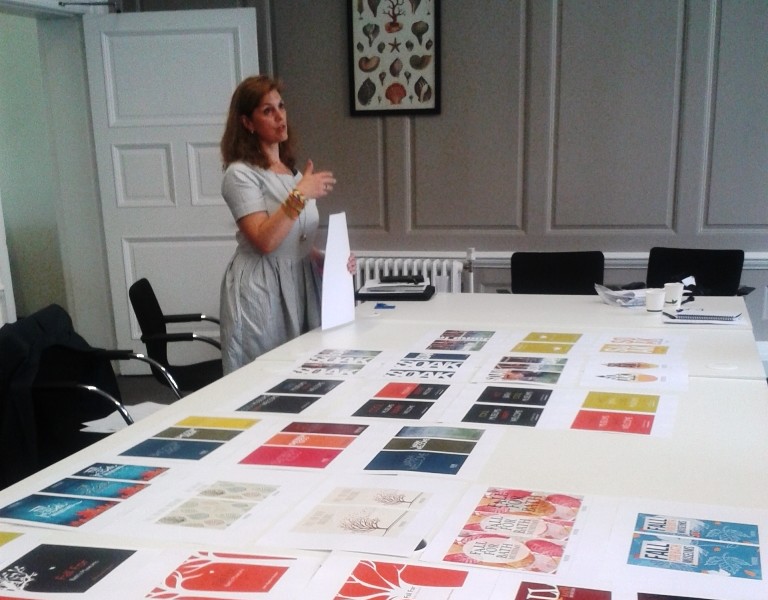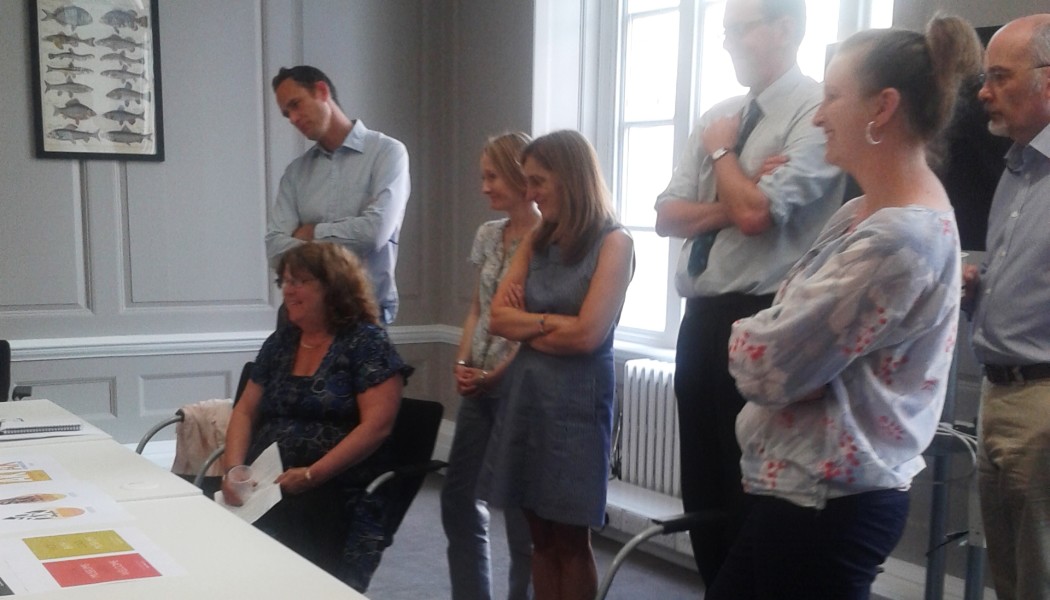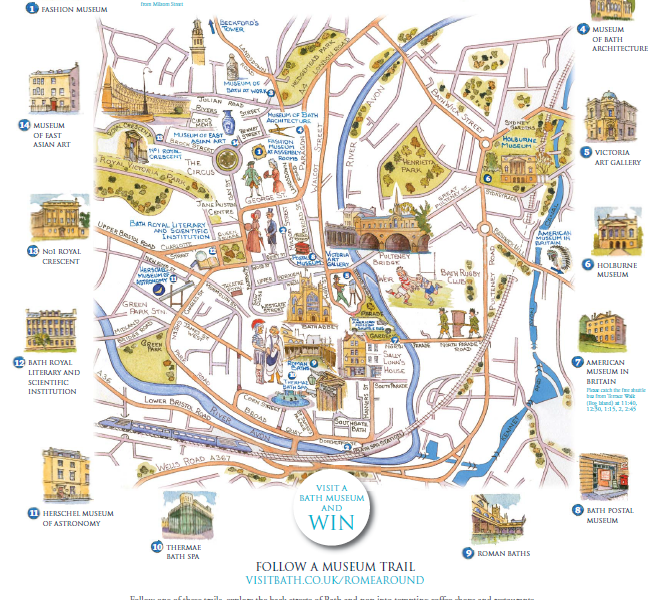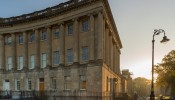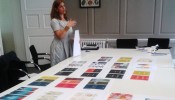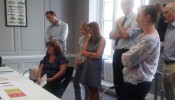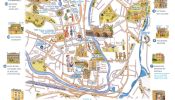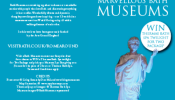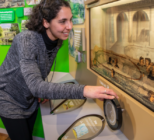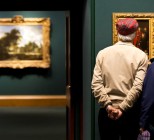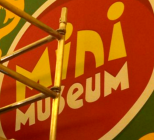Stronger Together: it may sound like a campaign slogan for staying in the EU, but in fact it is part of Bath Museums Working Together’s mantra that has seen 13 of the city’s visitor attractions combine forces to offer a more coherent and robust sector for visitors.
Bath is a varied museum economy with 16 museums of which 12 are accredited, and several other significant heritage attractions ranging from the Roman Baths to small independents. They serve a local population of 90,000 and a visitor economy numbering 5.8m annually, with 967,000 of those visitors staying overnight according 2013 figures.
The challenge for Bath’s museums was how to operate in such a crowded marketplace, with the inevitable dominance of the Roman Baths, which is a powerful draw for new visitors to the city.
Bath Museums Working Together project has changed the mindset of the museums from one of competition to one of cooperation and getting the various people talking has been a breakthrough. “This is evident in how we started off with wariness in even sharing historic visitor numbers around the table to everyone signed up to joint market research and shared data,” says Celia Mead, Marketing Consultant to Bath Museums Partnership.
The project began in April 2013 as a new partnership of three museum organisations, The Holburne, American Museum in Britain and Bath Preservation Trust (No1. Royal Crescent, the Museum of Bath Architecture, Beckford’s Tower, Herschel Museum of Astronomy) that received an ACE Strategic Support Fund grant of £427,340 to develop audiences for Bath’s museums over two years.
The grant application stated that: “The project is ambitious. It aims to demonstrate to the city, region and wider sector the benefit of joint approaches to audience development, marketing strategy, marketing activity and community consultation and engagement. It aims to drive up visitor numbers longer term, to promote depth of engagement, and reinforce the sector through building resilience and reach. Crucially it aims to lead a sea change in the way Bath’s museums work together.”
In April 2015, an enlarged Bath Museums partnership of four museum organisations, the Holburne Museum, American Museum in Britain, Bath Preservation Trust and BANES Heritage Services (Fashion Museum, Victoria Art Gallery) received an ACE Museum Resilience Fund grant of £138,150, under the new title of Bath Museums Working Together, to develop the partnership and improve audience development and marketing activity over one year. Where possible the core partners have sought to extend the reach of the grant to all of Bath’s accredited museums, as consulting partners.
The exit plan for the end of the Resilience funding was a two-year strategy for working together. The partners have instead gone for a five year plan, and are working on more diverse funding streams. A funding application to the Big Lottery for ‘Pathways to Well-being’ has been made to continue the joint community engagement work started in 2013-15.
Key Aims are:
- Creating a sustainable and resilient museum community in Bath working collaboratively for mutual success in increasing audiences and associated financial benefit.
- Achieving a higher profile museum sector in Bath, with more visibility in a crowded market.
- Strengthening the museum culture in Bath, where a collective vision and purpose are understood to be key to the delivery of a quality visitor experience.
Objectives:
- Underpin joint marketing activity with market research, allowing us to build on spare audience capacity and deliver what audiences need.
- Build on our profile locally to create recommenders and repeat visitors.
“The collaboration continues, with a five year strategy to work together now planned,” says Mead. “Each campaign we ran was evaluated for its success eg the last one created the opportunity for 1.4m people to see it and 25,000 showed some form of desire or intention to participate. Now the Museums are recognised as a sector in the cultural, tourism and leisure landscape of Bath.”
Indeed since the partnership was established 38% of museum visitors are motivated to come to Bath because of its museums and the partnership tracked a 63% increase in the average number of museums visited per trip (now 2.45 per person).
As well as this the museums are committed to an ongoing joint programme of market research to understand the behaviour of the cultural visitor to Bath and the right way and moment to market museums to them.
“Bath Museums now work with their communities or stakeholders in the city as a coherent ‘sector’,” says Mead. “This hasn’t meant homogenisation of the offer, but coherence for the visitor and our advocates, such as accommodation providers. Our joint market research has allowed us to understand visitors to Bath and its museums as a whole, thus widening the pool of potential visitors to all our museums. The partnership has worked in a strategic and targeted way with this knowledge, but has also had the capacity to be experimental.”
The feedback has been overwhelmingly positive and the most recent joint campaign leaflet was the highest rated for joint museum marketing in national research (source: the Art Fund). Focus groups have been extremely positive, supporting the quirky campaigns as accessible and welcoming and enjoying the themed itineraries. Overall the number of museums visited per trip increased by 63%.
As the recent Impact report proudly states: “Marketing is more effective and less fragmented and confusing for the cultural consumer. We are one voice when talking to the all-important accommodation sector. We are able to make the most of overarching themes and catchy creative approaches. And the outcome is a ‘bigger cake’ for us to share. We have created a coherent Museum sector in Bath which other organisations are keen to consult and work with.”
The partnership has also changed the way the museums go about their long-term visitor engagement such as marketing approaches that work together and respond to jointly to third party suggestions. “The Museums aim to continue to work with third parties, in particular the accommodation sector, Thermae Bath Spa and Bath Bus Company. We’re now marketing using themes and campaigns to agreed specific segments,” says Mead.
One of the challenges for smaller museum organisations – which the majority of Bath Museums are – is skills development and learning how to work more strategically. “Most people in smaller museums are expected to work on areas in which they may not have expertise,” she says. “The Audience Agency’s spectrum segmentation tool has been crucial to more targeted marketing. Because our goal was resilience through increased visitor numbers, we aimed at those who already have an appetite to visit museums – Metroculturals, Experience Seekers, Commuterland Culturebuffs and Dormitory Dependables. As this insight into the behaviour and media consumption of these segments deepens, we’ll adapt our approach.”
In Focus: Audience Development
This case study is part of an In Focus feature on Audience Development. Click here to see the introduction and links to three more case studies
Main Image
A visitor at the Museum of East Asian Art, Bath



